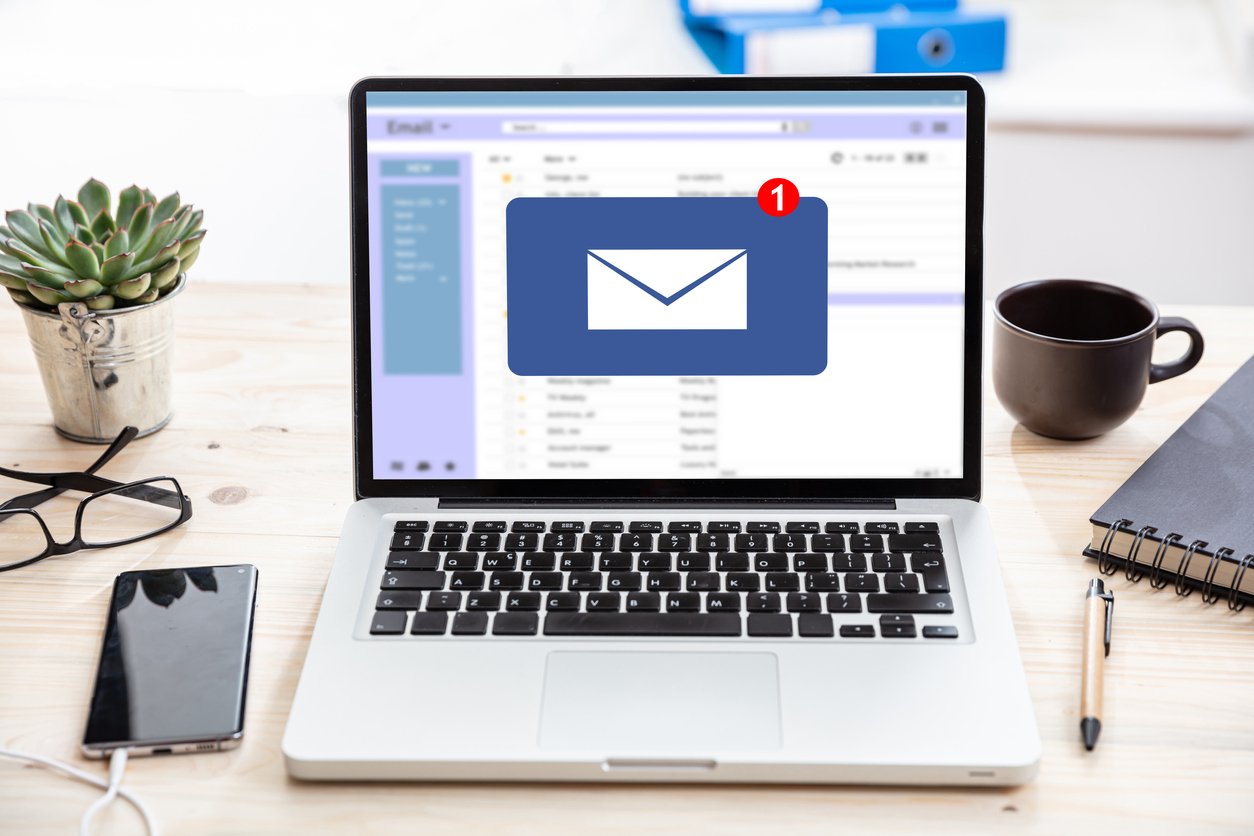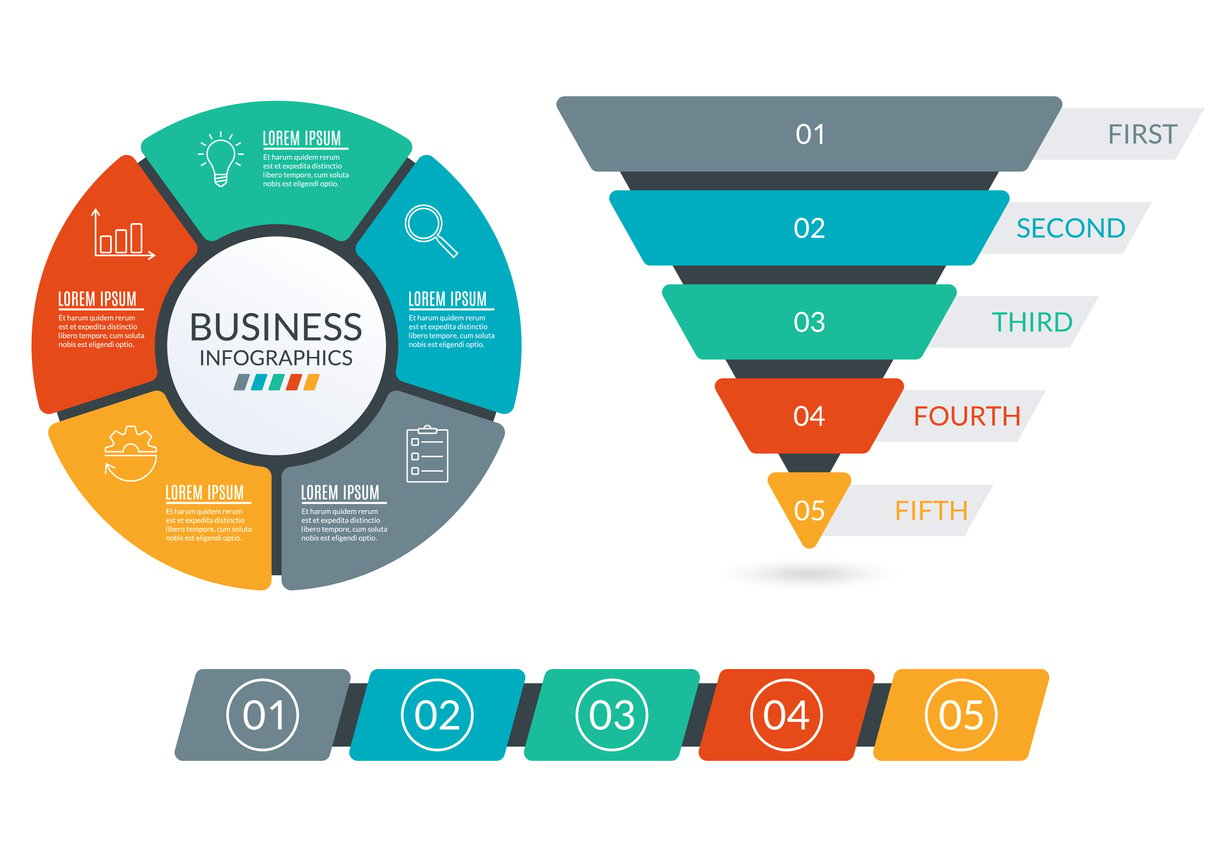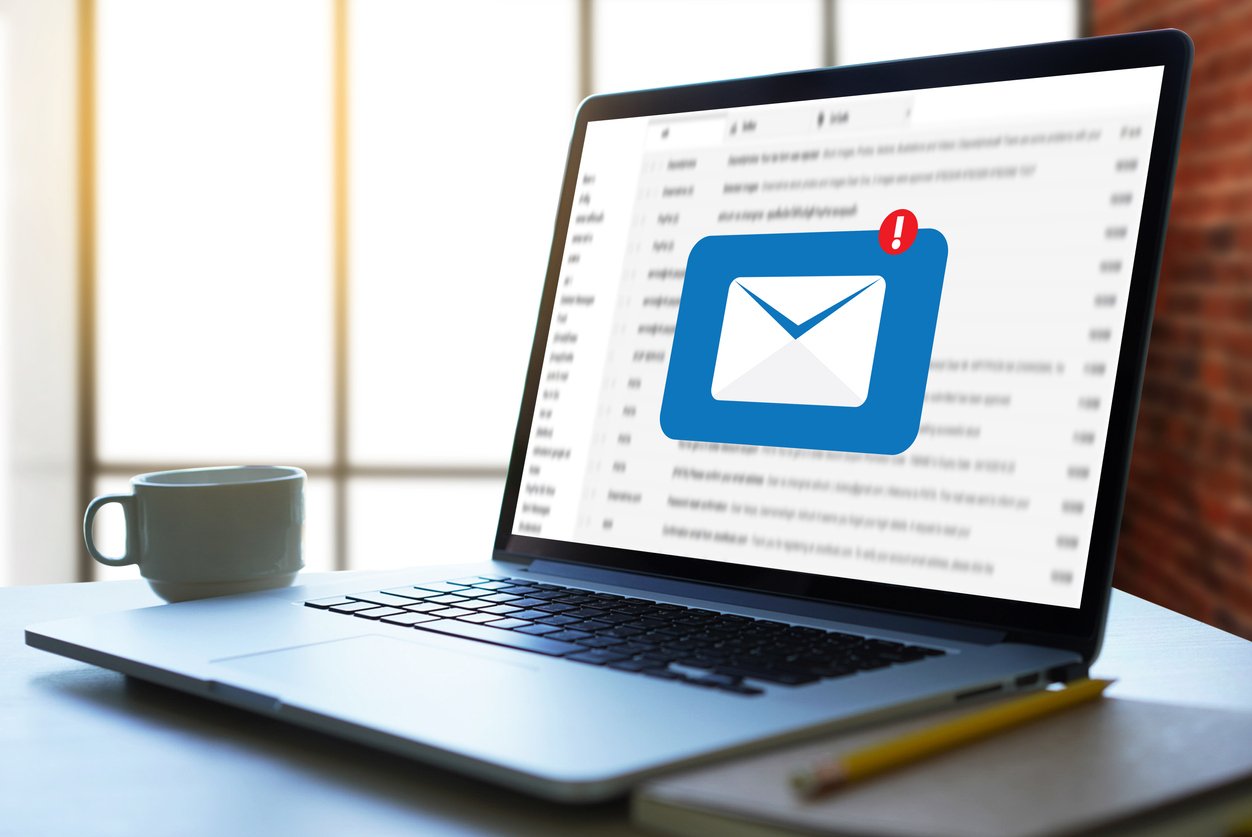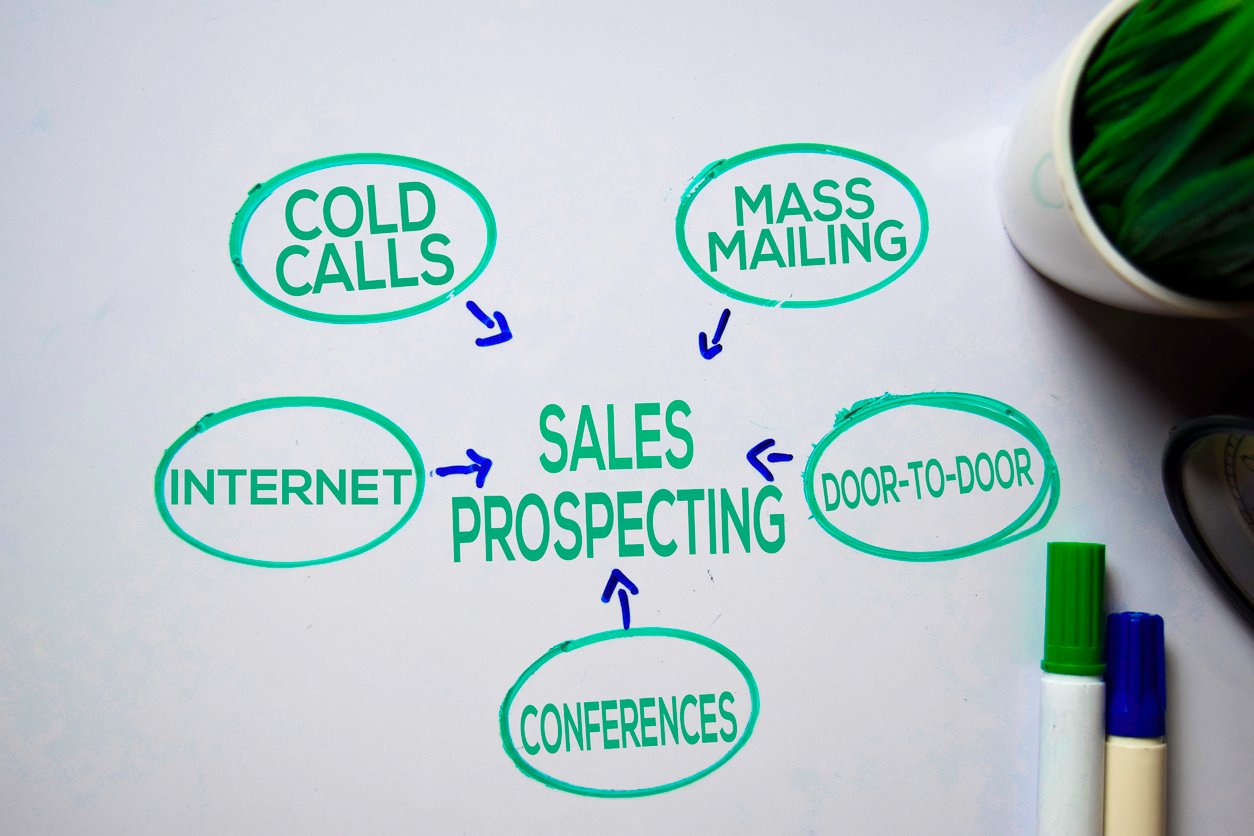
10 Elevator Pitch Examples to Nail Your Next Opportunity
 Updated on
Updated on
 By Carlos Correa
By Carlos Correa
Carlos Correa
Carlos has been involved in the sales space for well over ten years. He began in the insurance space as an individual sales agent, managing teams as s...
learn more
Carlos Correa
Carlos has been involved in the sales space for well over ten years. He began in the insurance space as an individual sales agent, managing teams as s...
Table of Contents
Table of Contents
One well-crafted line can open doors, spark conversations, and create lasting impressions. That's the power of an elevator pitch, which is a concise, persuasive introduction that captures who you are, what you do, and why it matters.
In less than a minute, you can shift from being just another name to someone worth remembering.
But knowing how to deliver the right message at the right time takes more than charm. It takes preparation. A strong elevator pitch example shows confidence, clarity, and a clear sense of purpose.
This is true at a job interview, a networking event, a career fair, or a business meeting. The right words can set the tone for your next opportunity.
That said. Let's look at 10 carefully crafted elevator pitch examples that can help you stand out, spark interest, and move conversations forward.
What Makes an Effective Elevator Pitch
A good pitch doesn't just happen, but it's built with intention. The most effective examples of elevator pitches share a few common traits. They're clear, concise, confident, and flexible enough to fit any audience. Before looking into real-world elevator pitch examples, let's break down the principles and structure that make them work.
Key Principles: The "Three Cs"
The backbone of any strong pitch comes down to three qualities:
- Clarity: Listeners should understand exactly who you are and what you bring to the table without needing to decode jargon or filler.
- Concise: Keep it short. Ideally, 30 to 60 seconds, because research suggests that the average human attention span is about 8 seconds, so your opening line has to work fast.
- Confidence: Delivery matters as much as the words. A confident tone, steady eye contact, and natural body language can turn even a simple introduction into a compelling elevator pitch about yourself.
Common Structure
Most polished pitches follow a straightforward but effective structure:
- Hook: Lead with something memorable or intriguing that makes people want to listen.
- Who You Are: Share your name, role, or background in a way that feels professional but approachable.
- Value You Bring: Highlight what sets you apart, such as specific skills, relevant experience, or a unique solution you offer.
- Call to Action: End with a next step, like connecting on LinkedIn, scheduling a meeting if it's inside sales, or sharing more details.
This framework keeps you grounded in the three Cs and ensures your example of a good elevator pitch doesn't feel like a ramble.
Highlight Adaptability
An elevator pitch isn't one-size-fits-all. The best pitches adapt to the setting and audience. For instance:
- A college student's elevator pitch example might emphasize academic achievements, internships, or career goals at a career fair.
- A business elevator pitch example would spotlight solutions, results, or industry expertise when talking to investors or clients.
- A personal elevator pitch example for interviews could center on unique strengths, experience, and the value you'd bring to a team.
By tailoring your pitch, you show not only self-awareness but also respect for your listener's time and interests. That flexibility is what transforms an ordinary script into an effective elevator pitch presentation example.
The Anatomy of a Strong Elevator Pitch

Now that you know the principles behind a winning pitch, it helps to see what goes into the actual delivery.
A strong elevator pitch follows a simple flow that keeps you on track and makes it easy for your listener to follow: Hook → Background → Value Proposition → Ask.
1. Hook
Your opening line should grab attention. This could be a surprising fact, a bold statement, or a quick reference to something you and your listener share. It sets the stage and makes your pitch memorable.
2. Background
Briefly introduce yourself. State your name, role, or current focus. For instance, in an elevator pitch example for students, this could include your major, year in school, or a standout academic project. For professionals, it might highlight current responsibilities or expertise. Keep it crisp since this isn't your full résumé.
3. Value Proposition
This is the heart of your pitch. Highlight the unique skills, results, or insights you bring to the table.
A good elevator pitch example here is a marketer saying, "I help SaaS companies cut acquisition costs by building content strategies that generate inbound leads." Notice it's specific, measurable, and shows impact.
4. Ask
Close with a call to action. Depending on the context, this could be asking to connect, suggesting a follow-up conversation, or requesting feedback. An elevator pitch example for an interview might end with, "I'd love to share how these skills could contribute to your team." For business, it could be, "Would you be open to a quick demo next week?"
Template in Action:
"Hi, I'm Alex, a computer science student at UCLA with a focus on machine learning. Last summer, I developed an app that helped local businesses analyze customer trends and increase retention by 15%. I'm passionate about turning data into practical solutions, and I'd love to explore internship opportunities where I can apply these skills to real-world challenges."
This simple template balances clarity, confidence, and conciseness while keeping your pitch adaptable to any setting.
10 Elevator Pitch Examples (Each with Context)

Below are 10 practical elevator pitch examples, each with a quick breakdown:
- When: the best setting to use it
- Why: the value it delivers
- How to tweak: simple ways to tailor it
Think of these as templates you can make your own, whether you're a student, interviewing, pitching a business idea, or just introducing yourself at a networking event.
1. Student Networking (Career Fair)
Pitch: "Hi, I'm Maya, a marketing junior studying consumer behavior. Last semester, I ran a campus study that increased event attendance by 30%. I'm looking for internships in brand research that let me turn insights into campaigns."
When: At career fairs, alumni mixers, or quick chats with recruiters.
Why: It pairs a role (marketing junior) with a concrete result, which makes this elevator pitch example for students memorable.
How to tweak: Swap the metric for whatever you can credibly prove (project outcome, growth percent, or a strong qualitative result). Shorten to a 20–30 second one-minute elevator pitch example if the line must be faster.
2. Job Interview Intro
Pitch: "Hello, I'm Sam, a software engineer with three years in fintech, building payment APIs that reduced transaction latency by 40%. I'm excited about this role because I enjoy scaling systems that handle high volume."
When: At the start of interviews or when a hiring manager asks, "Tell me about yourself."
Why: It's an example elevator pitch for interview settings that blends background, impact, and fit, hiring teams respond to demonstrated outcomes.
How to tweak: Replace the technical metric with a business outcome meaningful to the role (cost saved, error rate improved) and finish with one-line alignment to the company.
3. College Student (Internships)
Pitch: "I'm James, a biology student focused on conservation, currently leading a field project mapping pollinator habitats. I'm seeking a summer internship where I can combine fieldwork and GIS analysis."
When: During internship fairs, professor introductions, or informational interviews.
Why: This elevator pitch example college student version signals a clear specialty and a specific ask, super helpful when opportunities are short-lived.
How to tweak: Emphasize technical skills (R, Python, lab methods) when talking to researchers; emphasize soft skills (team leadership, project management) when talking to NGOs.
4. Career Transition
Pitch: "I'm Priya. After ten years in nonprofit development managing donor research, I'm pivoting into user research. I turn qualitative interviews into design recommendations that increase donor retention."
When: Networking events or hiring conversations where you must explain a pivot.
Why: This career-transition elevator pitch example shows transferable skills and frames experience as a strength rather than a detour.
How to tweak: Highlight one transferable method (surveys, stakeholder interviews, analysis) and a small win that proves you can apply your experience in the new field.
5. Business or Product Pitch
Pitch: "Our startup makes compostable packaging that cuts single-use waste by 60% and lowers shelf damage in transit. We're piloting with three regional grocers and looking for retail partners."
When: Investor meetings, demo days, or quick pitches to potential partners.
Why: It's a business elevator pitch example that states the problem, the measurable benefit, and the current traction—investors and buyers want that trifecta.
How to tweak: Add price or margin information for procurement people, or customer testimonials for marketers. For a 30-second elevator pitch example, drop the pilot detail and focus on benefit + ask.
6. Sales Prospecting
Pitch: "Hi, I'm Luis. We help retail teams increase foot traffic by 20% using AI-driven local ads. Can I share a two-minute case study on how we did this for a similar chain?"
When: Cold outreach, trade show quick connects, or gatekeeper introductions.
Why: It's an example elevator pitch script that leads with value (20% traffic lift) and immediately requests permission to continue because it's low friction and action-oriented.
How to tweak: Substitute the metric with a conversion-focused result (average order value, conversion) if that resonates more with the contact. Offer a one-page case study link for follow-up.
7. Creative or Artist Pitching
Pitch: "I'm Noor, a visual storyteller who blends digital art with social-impact narratives. I create short campaign series that increase engagement and drive donations for small nonprofits."
When: Gallery openings, creative meetups, or when speaking with non-profit program leads.
Why: This creative elevator pitch example frames art as a tool for measurable outcomes, appealing to clients who want impact, not just aesthetics.
How to tweak: Show a micro-portfolio link, name a campaign that ran well, or mention your preferred format (video, interactive, installations), depending on the listener.
8. Freelancer / Consultant Pitching
Pitch: "I'm Daniel, a copywriter who helps wellness brands grow email revenue. Last quarter, I rewrote a client's onboarding flow and doubled their conversion rate."
When: When pitching for short-term contracts or pitching at a conference after a panel.
Why: It's a freelancer elevator pitch example that proves value fast, and clients want outcomes over credentials.
How to tweak: Specify the project length or pricing model (retainer vs. per-project) when the listener indicates interest; for early-stage prospects, offer a quick audit instead of immediate pricing.
9. Networking Events (General)
Pitch: "Hi, I'm Amina. I study how remote teams stay motivated and host a monthly salon where leaders troubleshoot culture problems. I'd love to swap notes. What's your biggest remote challenge?"
When: Casual networking evenings, meetups, or conference coffee breaks.
Why: This elevator pitch for networking events example invites dialogue rather than a hard sell, which makes conversations flow and lets you learn the listener's needs.
How to tweak: If the listener is a potential client, steer the conversation to outcomes; if they're a peer, trade resources or propose a future collaboration.
10. Health or Medical Context (Personal Intro for Clinician)
Pitch: "I'm Daniel. I manage a chronic autoimmune condition. My current meds are X and Y. Daily fatigue limits my work hours, and I've tracked a pattern of flare triggers tied to sleep and stress. Today I want to review side effects and treatment adjustments."
When: At a new doctor visit, specialist consult, or quick triage when time is limited.
Why: This elevator pitch example about yourself in a medical setting concisely sets history, impact, and the immediate ask. Clinicians appreciate clarity and a clear call to action.
How to tweak: Bring a one-page timeline or symptom log if available; for telehealth, email the summary beforehand so the clinician has time to prepare.
Table: Elevator Pitch Components by Context

By now, you've seen how different elevator pitch examples shift depending on setting and purpose. The core formula, hook, background, value, and ask, stays steady, but the way you deliver it changes based on who's listening.
To make this easier, here's a breakdown of how students, job seekers, and business professionals can adapt tone, hook type, and calls to action.
|
Audience |
Tone |
Hook Type |
CTA Examples |
|
Students |
Enthusiastic, eager, and curious. |
Quick academic highlight, internship focus, or project win. |
"I'd love to hear about internship opportunities at your company." / "Could we connect on LinkedIn to stay in touch?" |
|
Job Seekers |
Professional, confident, focused. |
Skills tied to role, brief achievement, or industry challenge. |
"I'd be happy to share how my experience could contribute to your team." / "Can we schedule a follow-up to discuss next steps?" |
|
Business / Entrepreneurs |
Passionate, persuasive, and visionary. |
Problem/solution. Present a compelling problem and your unique solution. |
"Would you be open to a 15-minute call to see if this could work for your company?" / "Can I send you a one-pager with case studies?" |
This breakdown shows why adaptability is key. By adjusting tone, choosing the right hook, and closing with a targeted call to action, you can turn a generic script into an elevator pitch presentation example that feels tailor-made for every situation.
Common Mistakes to Avoid
Even the best elevator pitch examples can fall flat if you make simple missteps. Below is a quick summary of the most common errors and what they look like in practice:
|
Mistake |
What It Looks Like |
|
Overloading with jargon |
Using technical terms or buzzwords that confuse rather than clarify. |
|
Making it too long |
Rambling past the 60-second mark, losing attention. |
|
Skipping the ask |
Ending without a clear next step, leaving the conversation hanging. |
|
Not practicing (or sounding robotic) |
Delivering too stiffly or fumbling because you haven't rehearsed. |
1. Overloading with Jargon
An elevator pitch works because it's simple and memorable. Cramming in acronyms or trendy buzzwords makes your message harder to follow. A good elevator pitch example uses everyday language that even someone outside your field can grasp. If your listener doesn't "get it" in under 10 seconds, you risk losing their attention.
2. Making It Too Long
Studies show that people lose focus more quickly than before, especially when the message fails to capture their interest. That's why a 30-second elevator pitch example is the sweet spot for most situations. Going over a minute turns a sharp introduction into a mini-lecture.
Instead, aim for brevity, deliver your hook, highlight one or two key points, and close with an ask.
3. Skipping the Ask
Too many people end their pitch with an awkward pause or a polite smile. But without a clear call to action, your listener doesn't know what to do next. A strong elevator pitch about yourself example always ends with direction, like asking to connect, requesting a meeting, or suggesting a follow-up. It's not pushy; it's practical.
4. Not Practicing or Sounding Robotic
Practice is critical, but memorization is a trap. If you rehearse word-for-word, you risk sounding stiff or scripted. The best personal elevator pitch examples feel natural, like a conversation.
Practice enough to internalize the structure, hook, background, value, ask, so you can deliver it smoothly, adapt it on the spot, and still sound like yourself.
How to Customize Your Pitch

No single elevator pitch example works for every situation. The real skill lies in tailoring your delivery to the audience, context, and outcome you want. By breaking the process into four steps, you can keep your pitch clear, adaptable, and persuasive.
Identify Purpose
Start with why you're pitching. Are you trying to land an internship, stand out at a job interview, or get a client to agree to a follow-up call?
A college student elevator pitch example might spotlight academic projects, while a business elevator pitch example should highlight traction and market impact. Defining your purpose upfront shapes your tone, word choice, and call to action.
Craft Narrative
A pitch isn't just a list of credentials but also a story. Connect the dots between your background and the value you bring.
For instance, in an elevator pitch about yourself example, you could link a past challenge to a current skill, making your journey both relatable and credible. The narrative makes your pitch stick in memory, not just in the moment.
Practice Aloud
Writing your pitch is step one. Hearing it out loud is step two. Practicing aloud helps you trim clunky phrases, smooth transitions, and catch where you stumble.
According to communication coaches, practicing in front of peers can boost delivery confidence significantly. The goal isn't to memorize, but to internalize so your 30-second elevator pitch example flows naturally.
Adapt Based on Feedback
Feedback is your secret weapon. What sounds perfect in your head may come across differently in conversation. Share your pitch with a mentor, colleague, or even a peer at a networking event.
Notice where they lean in or lose interest. Then refine. This iterative process ensures your personal elevator pitch example feels authentic while staying effective across different contexts.
Quick Write Template (Fill-in)
Sometimes the hardest part of an elevator pitch is just getting started. To make it easier, here's a simple fill-in-the-blank framework you can adapt for any context. Use it as a draft, then refine it to match your tone, purpose, and audience.
Template:
"Hi, I'm ___, a [student/professional/founder] focused on ___. I've [share one project, result, or unique strength], which helped [insert measurable outcome or impact]. I'm looking to [state your goal, such as internship, role, client, or connection] and would love to [suggest next step, e.g., connect, schedule a call, share more details]."
Example (Student):
"Hi, I'm Jordan, a business student specializing in digital marketing. I recently led a social campaign that boosted engagement by 40% for a local nonprofit. I'm looking for a summer internship where I can build on that experience and would love to connect with your team."
When to Use (Elevator Pitch Applications)
A strong elevator pitch is a versatile tool you can use in almost any setting where first impressions matter. The key is knowing when to deliver it, how to adjust your tone, and how long to speak.
- Networking Events: Keep it light and conversational. A good elevator pitch example here should be 20–30 seconds, enough to spark curiosity without sounding rehearsed.
- Job Interviews: Use it as your "tell me about yourself" response. A personal elevator pitch example should highlight specific results and end with a statement that connects back to the role.
- Career Fairs: Students should emphasize academic strengths, projects, and clear career goals. An elevator pitch example college student version works best in 30 seconds or less.
- Cold Outreach: In sales, your pitch should zero in on results. A sales pitch focuses on ROI, but the structure mirrors a strong elevator pitch: hook, value, and clear CTA.
- Healthcare Visits: A medical elevator pitch about yourself example helps patients summarize conditions quickly so doctors can focus on solutions.
Length should vary by context, with shorter (20–30 seconds) in casual networking, longer (up to a minute) when you have a captive audience. Tools like an AI sales pitch generator can help brainstorm phrasing, but the real impact comes from practicing until your delivery feels natural.
Conclusion
A well-delivered elevator pitch can shift how people see you in under a minute. From student networking to high-stakes business meetings, the best examples combine clarity, confidence, and a concise ask.
By structuring your message and tailoring it to your audience, you set yourself up for opportunities that last beyond the first impression.
And when it comes to turning that quick introduction into lasting business, having the right tools behind you makes all the difference. That's where Ringy CRM steps in. With features like automated lead tracking, call and SMS integrations, and personalized sales cadences, Ringy helps you carry the momentum of your pitch forward. Instead of scrambling to follow up, you can nurture every lead seamlessly, whether it started at a career fair, a networking event, or a sales meeting.
Your elevator pitch opens the door. Ringy helps you walk through it and build real connections on the other side. Request a demo today and experience how Ringy can elevate your sales conversations.

Skyrocket your sales with the CRM that does it all.
Calling? Check. SMS? Check. Automation and AI? Check. Effortlessly keep in touch with your customers and boost your revenue without limits.

Take your sales to new heights with Ringy.
Sales in a slump? Ringy gives you the tools and flexibility you need to capture leads, engage with them, and turn them into customers.
Subscribe to Our Blog
Enter your email to get the latest updates sent straight to your inbox!
Categories
Related Articles




































































































